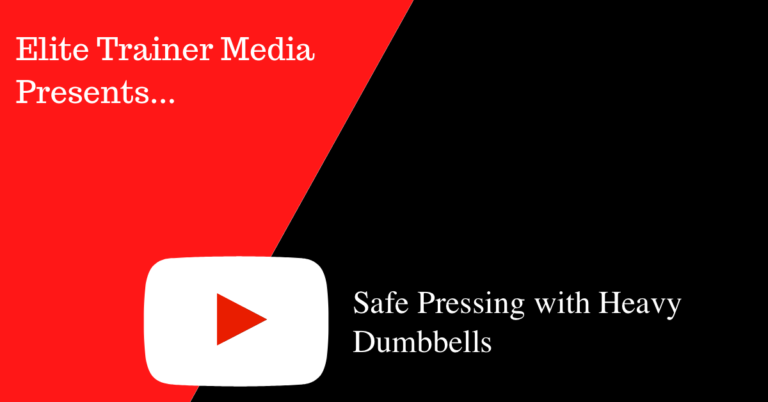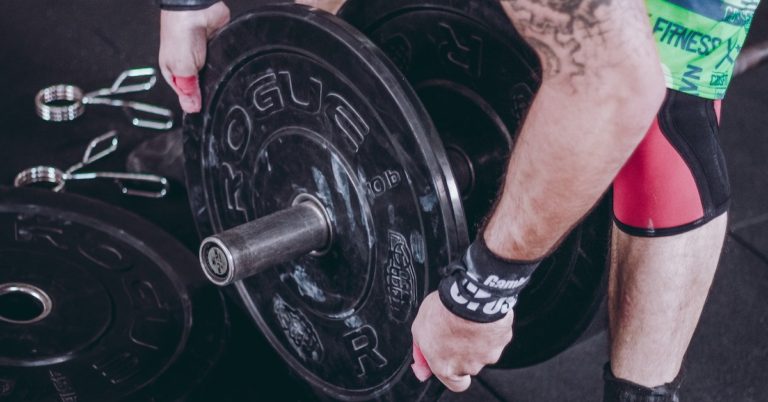It’s not how much you lift, but how you lift it. Controlled pin-touch reps on the bench press are far superior to those uncontrolled, momentum-driven “bounce-off-your-chest” reps. With pin-touch reps, you lower the bar until it just taps the pins—pausing briefly—before pressing it back up. This method ensures control, consistency, and proper form under load….
I’ve met too many guys over the years who only care about the muscles they can see in the mirror—and how much they can bench press. Don’t let that be you. Train the muscles on the back of your body as much as you train the ones on the front. And if benching is important…
Believe it or not, many lifters get injured not during a set, but while getting in and out of position—either before the exercise starts or after it ends! The lying dumbbell press is a classic example. It can be tricky, especially when you’re handling heavy weights. Unless you have two strong, experienced spotters to hand…
As I discussed in my Warm-Up to Strength Training DVD, incorporating plyometrics before weight training can significantly enhance performance—if done correctly. Many top strength coaches swear by this method, and the science backs it up. A study published in the International Journal of Sports Physiology and Performance found that performing explosive-force movements immediately before a…
The reverse bench press is not mentioned often and I must admit, I don’t prescribe it too frequently either, but it can be a great triceps exercise. The big knock against it: comfort! It’s not a “wrist-friendly” movement, especially under a heavy load. But there’s a way to transform this into a winner, it’s called…






